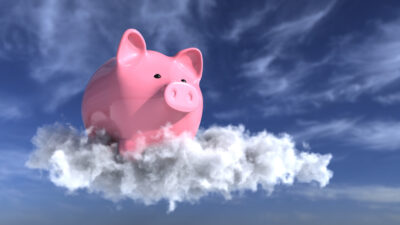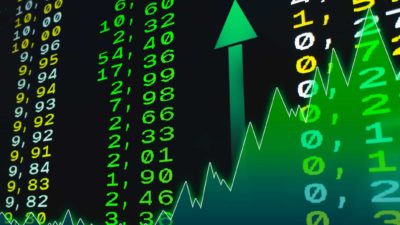The S&P/ASX 200 Index (ASX: XJO) is defying the dip in US markets overnight and marching higher.
In early afternoon trade the ASX 200 is up 0.23% to 7152 points.
Despite rising 5.6% over the past month, the benchmark index remains down 5.7% in 2022. The pressure over this calendar year has largely come from fast-rising interest rates following unexpectedly high and stubborn inflation.
That's a look in the rear view.
Now, what can ASX 200 investors expect in 2023?
What's the outlook for ASX 200 shares in 2023?
While stocks won't go up or down in any kind of straight line, UBS believes the ASX 200 will be slightly higher at the end of 2023 than it is today.
UBS Australia equity strategist Richard Schellbach expects some of the forces that have been dragging on shares in 2022 will ease in the year ahead.
According to Schellbach (courtesy of The Australian Financial Review):
Even as the economy decelerates to a sub-trend pace of growth through 2023, we believe that an easing of many of the headwinds that have buffeted stocks through 2022 – input/energy costs, supply chain, labour shortages – can allow the S&P/ASX200 index to end 2023 at 7250.
That's about 1.2% higher than the current level. Not blowing the roof off, perhaps, but still a positive move. And don't forget, that figure doesn't include any of the companies' dividend payouts.
"Recessions are not an inevitable outcome of tightening cycles, and we believe history can repeat in 2023," Schellbach said. He pointed to Australia's GDP growth in 1995, which followed a year of sharp interest rate increases from the RBA.
He also expects ASX 200 shares will get a lift, saying earnings forecasts are likely to rebound after hitting a low in the February 2023 reporting season.
According to Schellbach:
This rebasing would allow earnings growth to resume, but only at a modest reset to the long run earnings growth rate of 5.5% which Australian stocks have trended at over the last two decades. Adjusting this path of earnings growth to the calendar year generates earnings growth of about 4% over 2023.
Then there's the inflation bugbear, which Schellbach sees peaking in 4Q22. Hitting peak inflation historically bodes well for the ASX 200.
"Passing peak inflation will be key in allowing sectors exposed Real Estate and Retail to detach from negative macro headlines," Schellbach said.
Happy investing!









